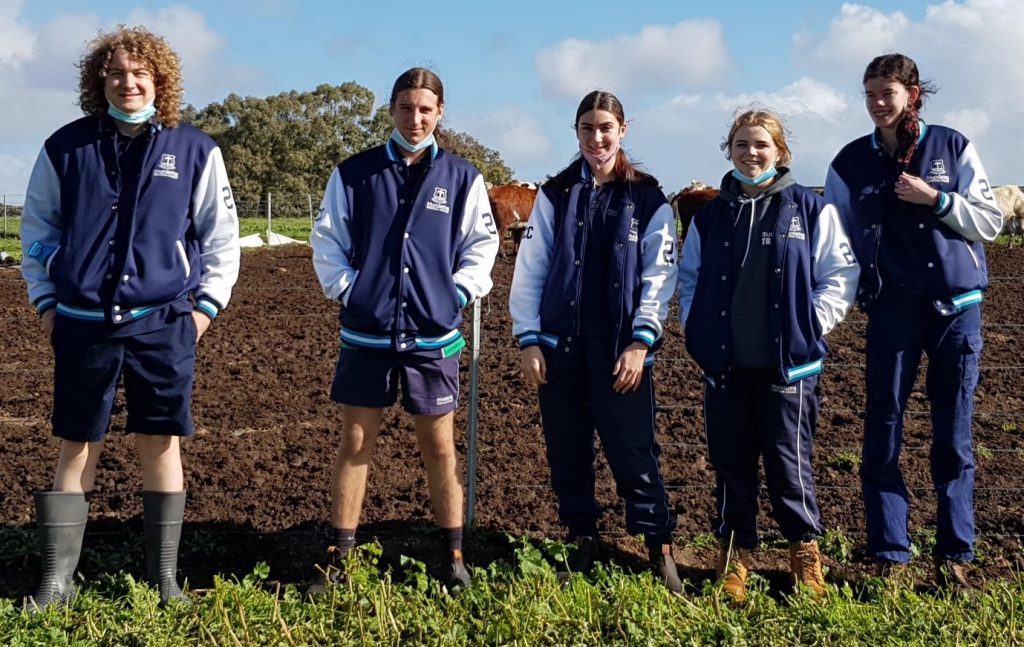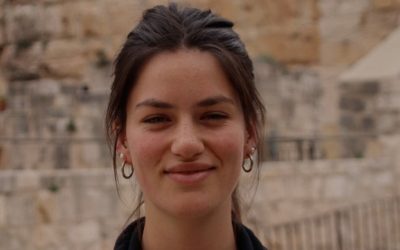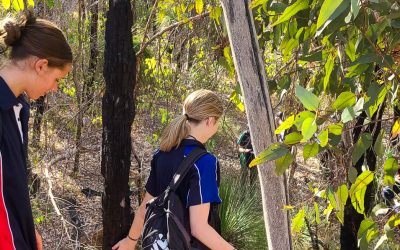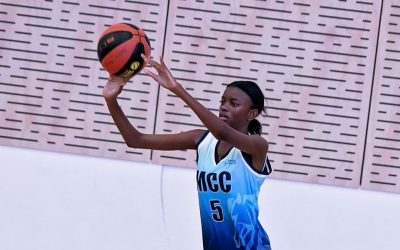Animal Production Systems has been focussing on the factors that influence animal production, along with products and marketing of farm produce.
On our recent excursion, we visited a cattle farm where we had the pleasure of being provided with much learning from the owner and her faithful friend ‘Ollie’. Greeted at the gate, and taken to a hot cuppa, fresh scones, jam, and cream along with homemade biscuits, was a perfect way to begin the conversations that lead to an immense amount of learning. She was very passionate in providing information that was relevant to all aspects of our course learning, providing it through the eyes of cattle farming. “Ollie’ was very protective towards both us and the cattle throughout our walk amongst the livestock, a great asset.
Beginning with a reading from Genesis: 1:25 – 26, the principals of which are held closely to in managing the farm and livestock. With the goal of leaving the farm in a better place than what it was when she purchased it. It is for future not just the present.
Some of the highlights and learning included Ollie, Animal Husbandry, aspects of farm management which included futuristic planning and minimizing challenges in aspects relating to meeting nutritional needs, prevention (as much as possible) of diseases, pests, and soil management.
The cattle were calm and always handled in a manner to bring about and maintain their calmness, planning for the stock market by breeding cattle with good temperament, good hooves, and no horns to prevent animal injury, all demonstrated good animal husbandry, and foresight in thinking and planning for longevity. We were able to pat one of her cows that she has had since a calf, as we walked within the open paddock of livestock. The size and statue of the bulls was more intimidating than what they themselves where, however, never turn your back on one, nor trust them.
Some key factors providing nutritional success during off peak paddock feed sessions was based on upcycling bread and vegetables otherwise destined to landfill and the production of methane gas. Obtaining the additional feed required much time in collecting from shops, however, is both environmentally friendly, suitable and nourishing food for the cows. Buying export hay that is 100% oaten hay (100kg each bail) being a preventative to weeds is another way she caters for feed and the environment and soil. Rotational farming and movement of the livestock ensures that optimal feed is available each year without overpopulating the paddocks, leading to soil erosion.
In addition, we learned about the salt table and salinity factors and the problems it causes that can impact the land, farms, and use for production. Discussion about the measures in place as part of the solution in restoring the land area effect.
Student takeaways
Looking after the animals was the most important thing
Hannah
Planning for the future not just next week; for example, not having too many cows.
Ashley
You cannot trust a bull or animal 100%
Kayson



